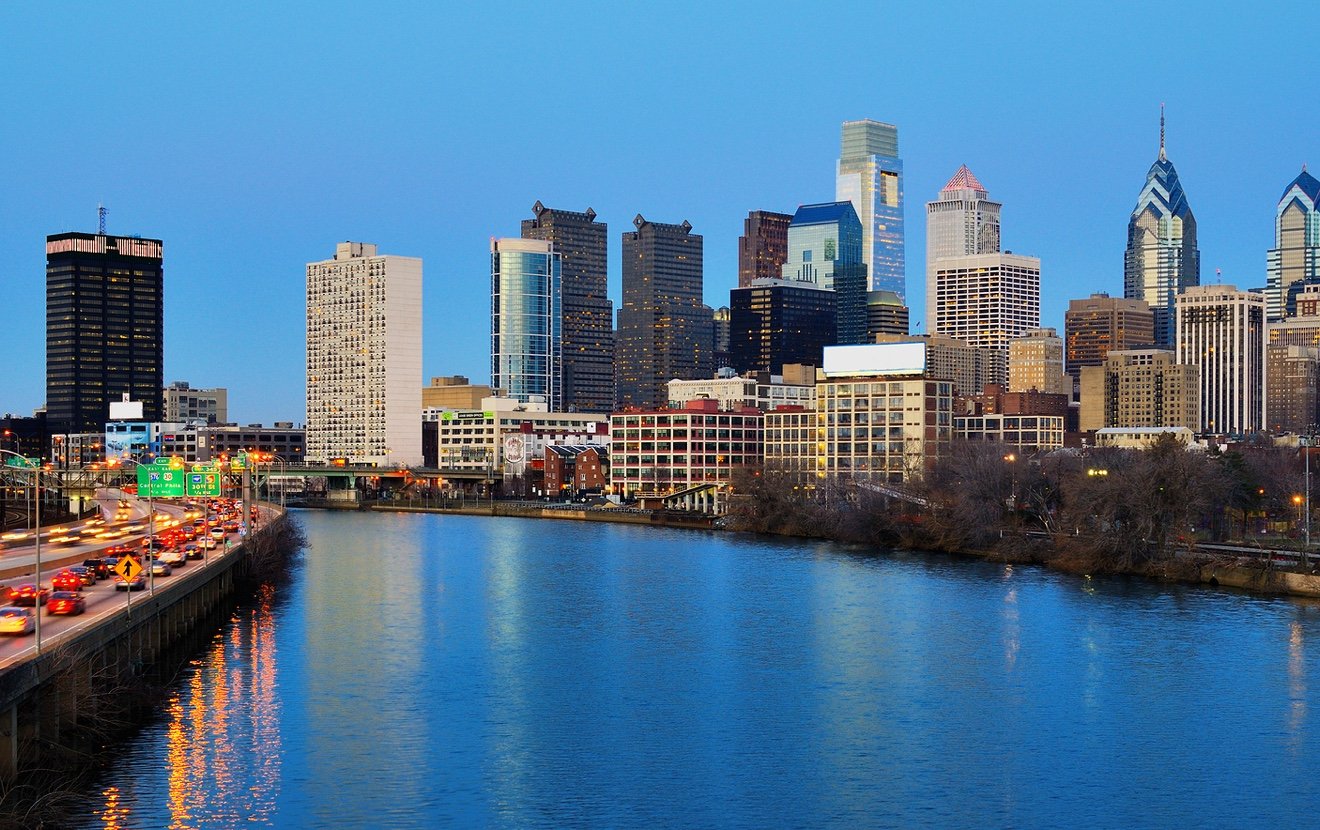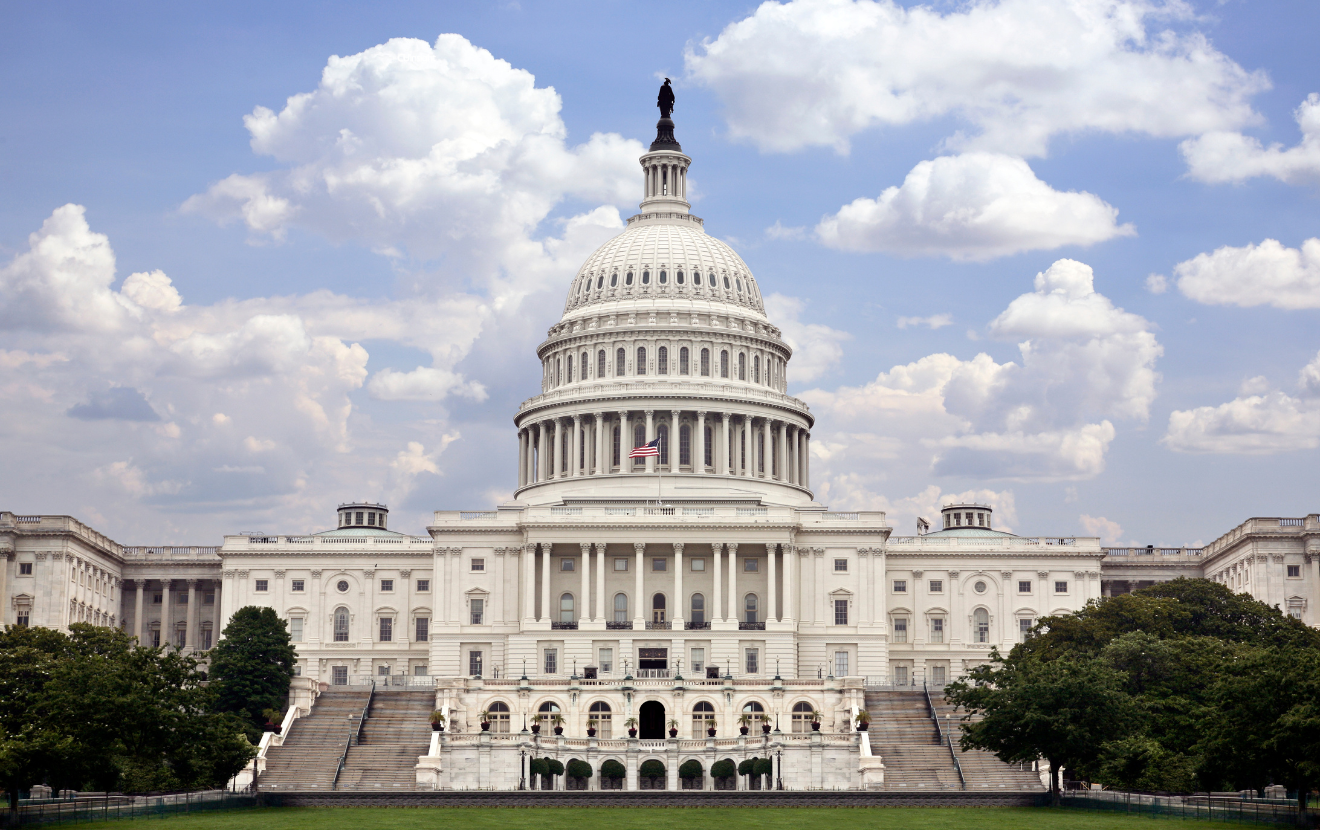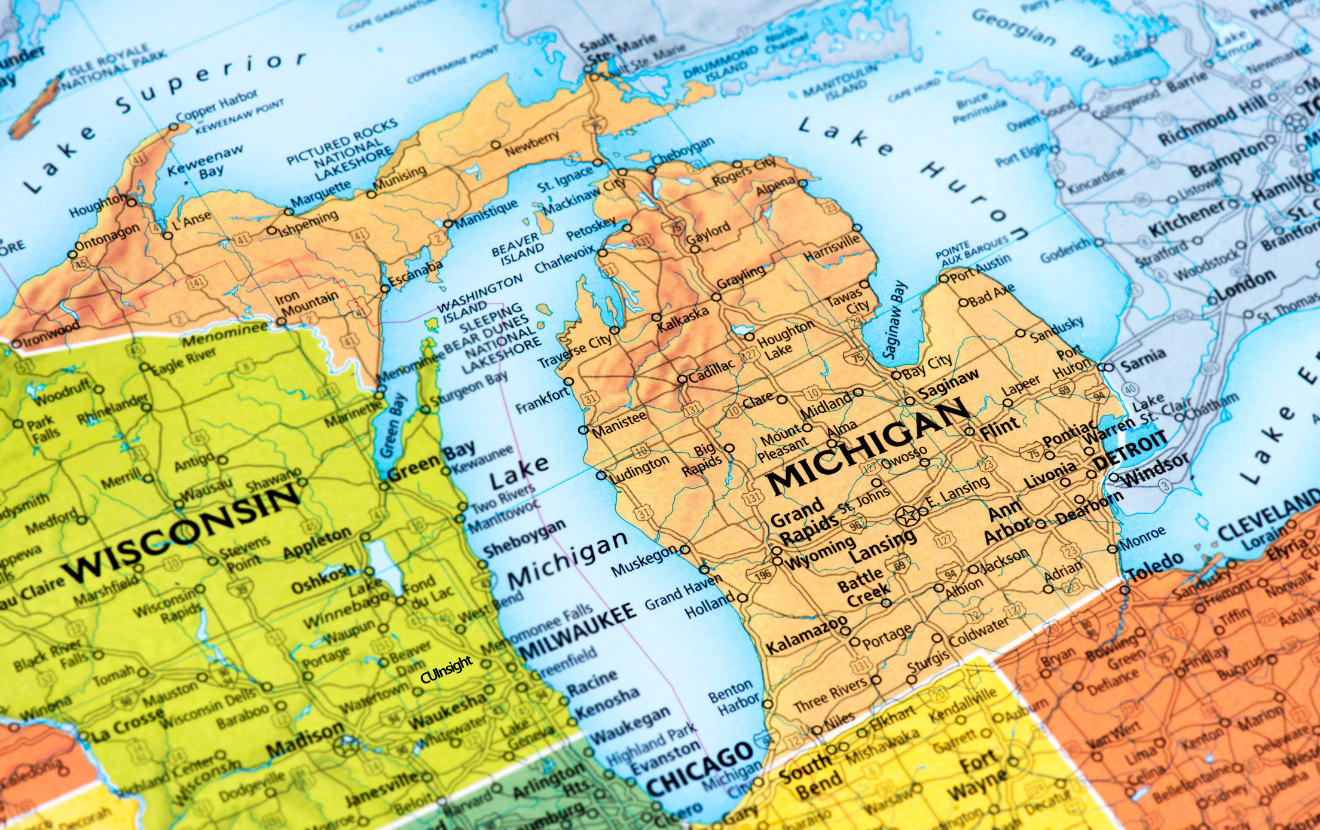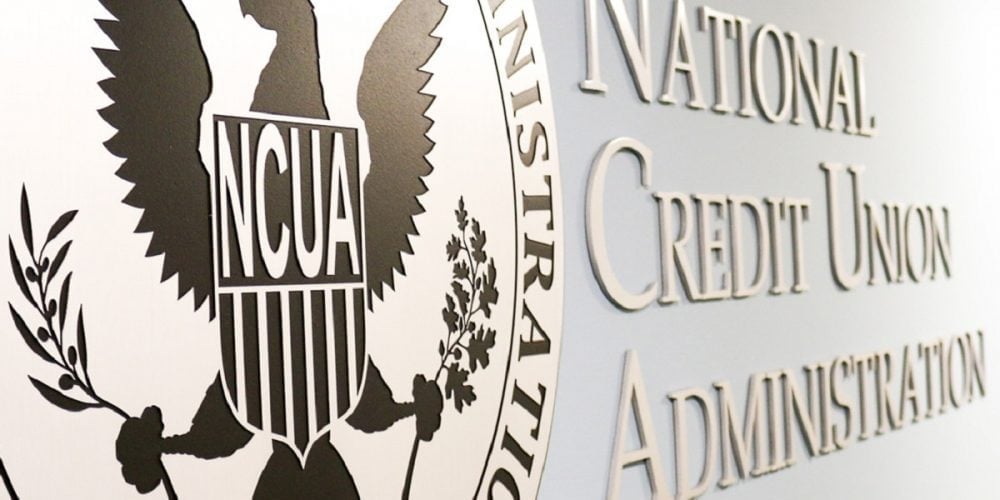The addition of a couple of large players to the Philadelphia banking market has forced legacy credit unions and banks in the region to double down with branches.
Glenn Grau, EVP of Sales at branch design firm PWCampbell in Pittsburgh, told Tyfone he is seeing a lot of building activity in the Philadelphia market, especially with community banks and credit unions.
So what’s driving the move to more brick and mortar?
“I think it is about growth,” Grau said. “That along with filling in gaps in the footprint to better serve the membership base. We are seeing a lot of both.”
Increased competition in the form of a couple of credit union heavyweights is likely playing a role in the branch building happening in the market too.
The world’s largest credit union, Navy Federal, has opened three branches in the market with a fourth planned for this year.
The $180.8 billion-asset Navy Federal most recently opened a branch in the Philadelphia suburb of Bensalem, a move that was driven by the fact that 60,000 veterans reside within a 30-minute drive of the town.
Further crowding the market was last year’s arrival of $4.2 billion-asset United Federal Credit Union. That move could cause additional disruption to member acquisition, lending opportunities and talent procurement efforts for the area’s banks and credit unions.
St. Joseph, Michigan-based United arrived through a merger with Allentown, Pennsylvania-based GOLD Credit Union.
Only five Pennsylvania-based credit unions have more assets than United FCU.
Among the most prolific Philadelphia builders of late has been JPMorgan Chase, which has been on a tear with more than 60 locations already operating in the greater Philadelphia market and plans to open up to 40 more by 2027.
Phil Sutliff, a credit union executive based in Philadelphia, told Tyfone “market expansion” has become a favorite buzzword in the area, and for good reason.
Large commercial banks, community banks, and credit unions alike are taking notice of what’s happening there, he said. Philadelphia’s economy is diverse and growing—driven by entrepreneurs, M&A activity, tech innovation, and a thriving Main Street business community.
“The city is a magnet for financial institutions because it offers something truly special: a deep ecosystem of business support, from chambers of commerce to economic development groups and networking forums where leaders collaborate to create unique offerings and expand their customer bases,” Sutliff said.
Chris Jacobsen, Managing Director of The Kafafian Group and a lifelong Philadelphia-area banker, told Tyfone the Philly Market has been a mixed bag for banks and other FIs during the past few years, with some expanding and others closing branches.
Jacobsen, formerly COO of Huntington Valley Bank, pointed out that the $5 billion-asset American Heritage Credit Union has consistently expanded over the last several years, which supports the concept that the trend for credit unions is to fill the void left by the consolidation of community banks.
Sutliff said national institutions often miss the fact that Philadelphia isn’t just another dot on a growth map.
“This city runs on relationships,” he said. “Loyalty here isn’t won through clever marketing or a well-placed billboard—it’s earned through face-to-face interactions, handshakes, and showing up for the community day in and day out.”
Sutliff said that’s why credit unions and banks invest in branches.
Still, the transition to digitalization in the banking sector continues to gain momentum and is leading some FIs to close unprofitable branches. And that means that having a strong digital banking presence has never been more important.
Wells Fargo closed 42 branches, TD Bank shuttered more than 20 branches and PNC closed 24 branches in the Philly Market since 2020. As customers opt to take advantage of the convenience of mobile and online technology, branch traffic has decreased thus enabling branch consolidation to improve efficiency.
Jacobsen said that, in the Philadelphia suburbs, the Chase approach is to be a little more spread out, building almost regional locations versus its strategy in the city, which is more traditional. And from a CRA perspective that makes sense.
Chase appears to be going against the grain while most other regional and national banks are reducing their Philly footprint.
Still, Sutliff said a physical branch isn’t just a location; it’s a statement. It tells the community, “We’re here. We’re part of this. You won’t be calling a 1-800- California or 1-800- Ohio number when you need help. You’ll be calling Steve or Jane down the street, the person who knows your name, your business, and your unique financial priorities,” he said.
The $1.8 billion-asset Philadelphia Federal Credit Union, which is among the five largest credit unions in the Greater Philadelphia area, recently cut the ribbon on its East Falls branch—the 12th for the credit union.
But building branches in Philadelphia isn’t just about gaining market share.
“It’s about earning the right to serve this market. And in a city that values authenticity, that investment matters,” Sutliff said.








